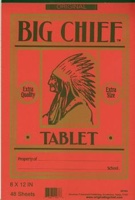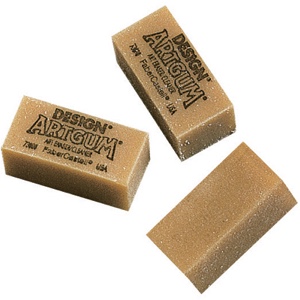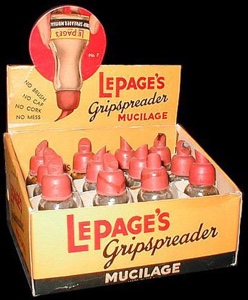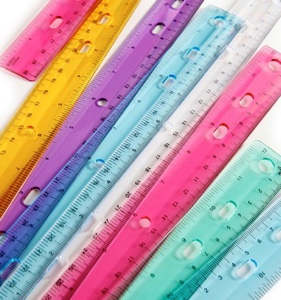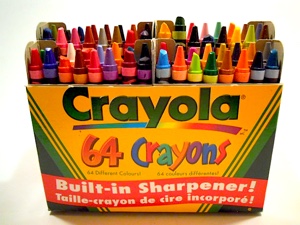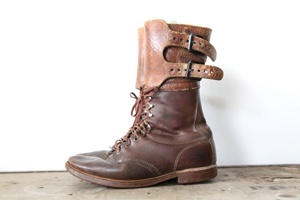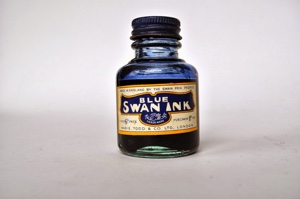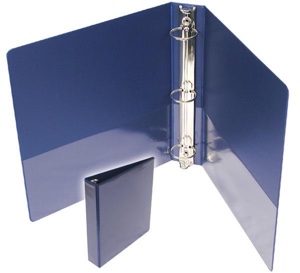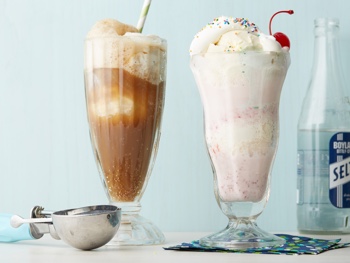According to the legend, Abe Lincoln went to school, when he went to school, with a copy of the Bible to read and a shingle and a piece of charcoal for doing his ciphers. One supposes that little Georgie Washington, being of the manor born, had a slate and some chalk and a book or two when he took up reading and writing and arithmetic. Georgie also toted a hatchet just in case anybody disrespected him, which is less likely if you carry a hatchet.
These days the supply list for the grade school has more stuff than the 101st Airborne carried into Normandy. Things were simpler when Harry and Ike were in charge, a nickle was a nickle, and a good cigar was a smoke. All kids in the first grade needed were a couple of Big Chief tablets, a fat pencil and eraser, a ruler, a pair of scissors, some glue, and a box of Crayolas.
The Big Chiefs had pale blue lines crossing the rough yellow paper, which usually had a couple of chunks of wood floating around on each page. The scholars carefully made their ABCs on the Big Chief with a hog leg pencil the size of a small tree. The pencil was so big you had to rest it on your shoulder while you wrote. It was so big it took two normal size kids to cart it to the pencil sharpener. It was so big it took three kids to put a point on it, two to hold the pencil and one to turn the crank. It was so big, that if you didn’t sharpen the point too often and licked the lead before putting pencil to paper, one pencil would last until you graduated to a regular size in third or fourth grade.
Erasers came in two basic styles. One looked like the soles of orthopedic shoes and erased like crazy, but it also left eraser crumbs all over the paper. The famous Pink Pearl didn’t crumble as much so it lasted longer. It didn’t stay pink very long though, since it was soon covered with gunk and turned mauve. At least it would have been mauve if anyone had known what color mauve was.
Next on the list of essentials was a pair of scissors. This was a waste of fifteen cents, as school safety scissors were specifically designed not to cut anything, hence the name “safety.” The edge of the paper was sharper than the scissors.
After you cut, you paste. Glue came in a glass bottle with a rubber nipple on top and was called mucilage. Mucilage is onomatopoetic, that is to say, the word sounds like what it was, a nasty gloppy substance that looked like it came from the nose of a kid with a cold. It gummed up the nipple and turned hard every three minutes and would stick nothing to nothing.
My teacher in the first grade brought her own paste. She made it at home and it smelled of cloves. It tasted pretty good too, and around eleven o’clock there would be a line of kids hanging around the back of the room waiting for a paste snack to hold them until lunch.
Of course you had to have a ruler. It was more for drawing straight lines than measuring things and more for sticking on the end of a pencil and spinning around like a propeller than for drawing straight lines. When not spinning, the ruler was used to launch spitballs across the room, thus demonstrating certain principals of physics.
Starting back to school was a good excuse to lobby for a new box of Crayolas. The bigger the box the more status it conferred in the materialistic, avaricious, capitalistic, dog eat dog world of elementary school. An eight-color box was all that was needed, but to really make an impression you went for the twenty-four-count. Sometimes for Christmas or your birthday you could score the multi-tiered sixty-four-count box with a built in sharpener. That was living. With any size box, you got burnt sienna. Nothing was colored burnt sienna, and in a few weeks it was the only Crayola in the box with a perfect tip.
Today, the most expensive item on the back to school needs is a new wardrobe. Stores spend millions to peddle school clothes to kids. Back in the day, that concept carried no water. For boys, a couple of pairs of Levis or Wranglers, some shirts, and pair of Keds covered waterfront. As for girls, well, there were no girls in our family so I will plead the Fifth on that one.
Actually I set something of a fashion statement in the fourth grade. Being ahead of the times, I had a backpack. Truth to tell it was an army surplus half pack in dashing olive drab and it was chosen to complement my high concept footwear—paratrooper boots with buckle tops.
The disadvantage to the paratrooper boots, other than sweaty feet and the urge to jump off high places, was that it took so long to lace them up in the morning that I always lost the who-gets-dressed-first race to my brothers. As no prize went to the winner of the contest, so it didn’t make much difference, but it galled nonetheless.
As one progressed into the higher realms of education the supply list lengthened a bit, and a few bonus items were added. One year I had a pencil box with a slide on top that made quick work of the multiplication tables. The teacher was not impressed with this inventive substitute for study and the chant of “...seven times seven is forty-nine; seven times eight is fifty-six...” continued to be heard up and down the halls of Bailey Inglish School.
One item that the school provided all grades was ink. There was always a bottle of blue ink on the teacher’s desk for all to use. Wisdom and experience dictates that elementary school scholars should not be allowed to frolic with ink. And with the inexpensive fountain pen that was popular with the junior high crowd, the preferred color was violent violet or eye-popping azure, and by that time the ink came in cartridges. What ever the hue, mothers demanded washable ink, since the $1.29 pens always, repeat always, leaked in your pocket.
Notebooks, binders as they’re called today, were trendy things. One year zip up monsters with enough room to hold your homework, your lunch, and the shoe rack you were making in wood shop were the rage. Girls seemed to like these carry-alls more than boys. I was satisfied with a standard notebook, provided of course it was purple and white and had a Bonham Warrior logo on the cover.
One year, eighth grade I think, I inadvertently introduced a trend of my own. Half way through the year my old notebook went south, and for reasons I cannot remember, I came to school with a pink plastic replacement. Not a good move.
But I turned the taunts around by getting the cheerleaders to autograph the binder with a marker. Pretty soon, “Will you sign my notebook?” was being asked as often as “Will you sign my annual?” on yearbook day.
That’s all it took to get started on the road to learning back then. And with every dollar you gave Mr. McKnight at the drug store for this stuff, you got a coupon for a free ice cream soda. Talk about a deal.
